[…]
20th Century Limited
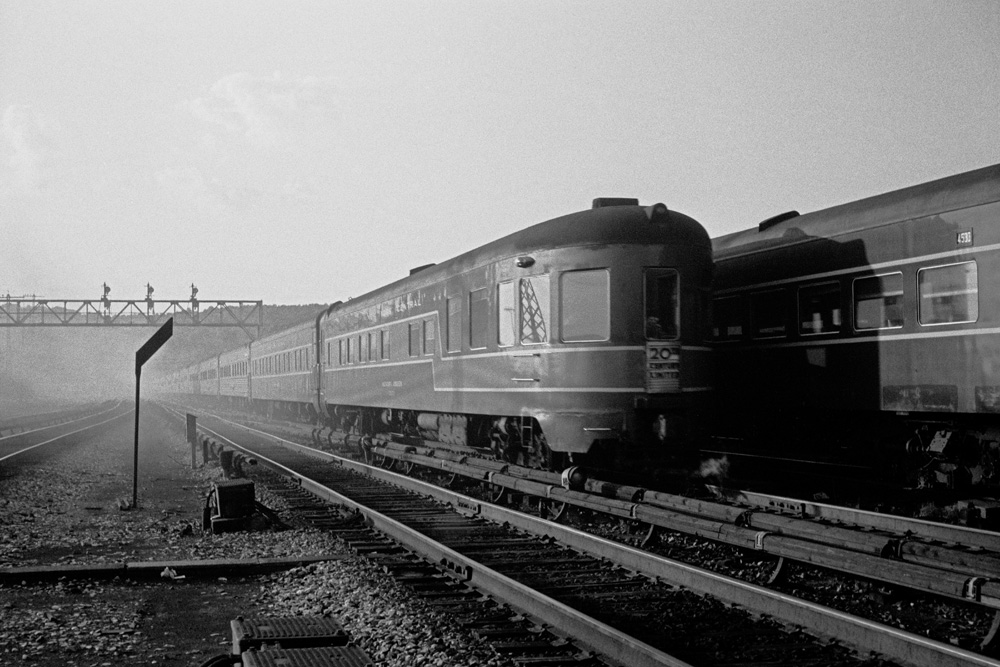
Action may be required on your Trains.com account in order to continue accessing content. Click here to learn more.

[…]
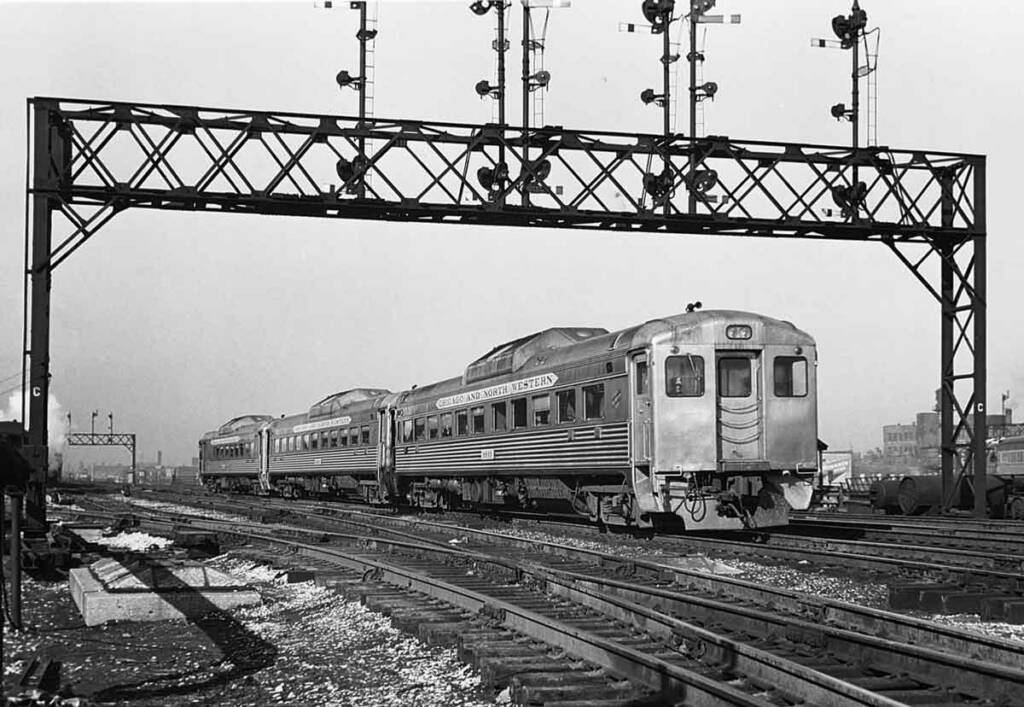
The Rail Diesel Car (RDC) was the Budd Co.’s answer to declining passenger traffic during the post war. The demonstrator was introduced on Sept. 19, 1949, at Chicago Union Station. As described by Trains’ then-Associate Editor David P. Morgan in the November 1949 issue, this new rail-motor car was a combination of prior self-propelled technology, […]
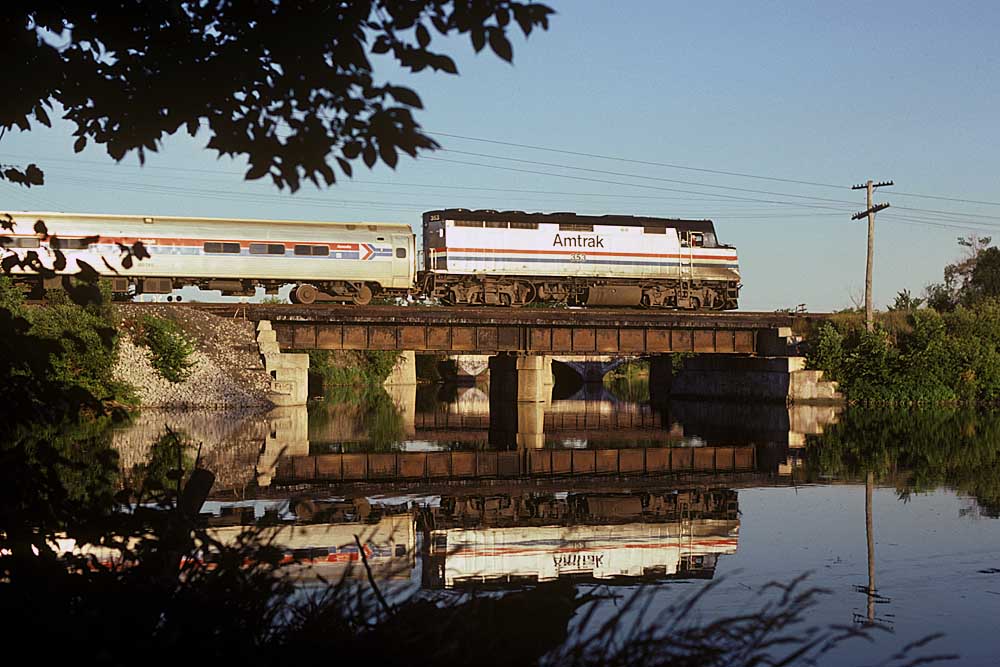
Amtrak Toledo services have seen changes consistent with the rest of the national network in its 50-year history. Throughout its history, Amtrak trains have called upon the former New York Central station on Emerald Avenue at the south end of downtown. NYC opened the station, built with cream brick and copious amounts of glass block, […]
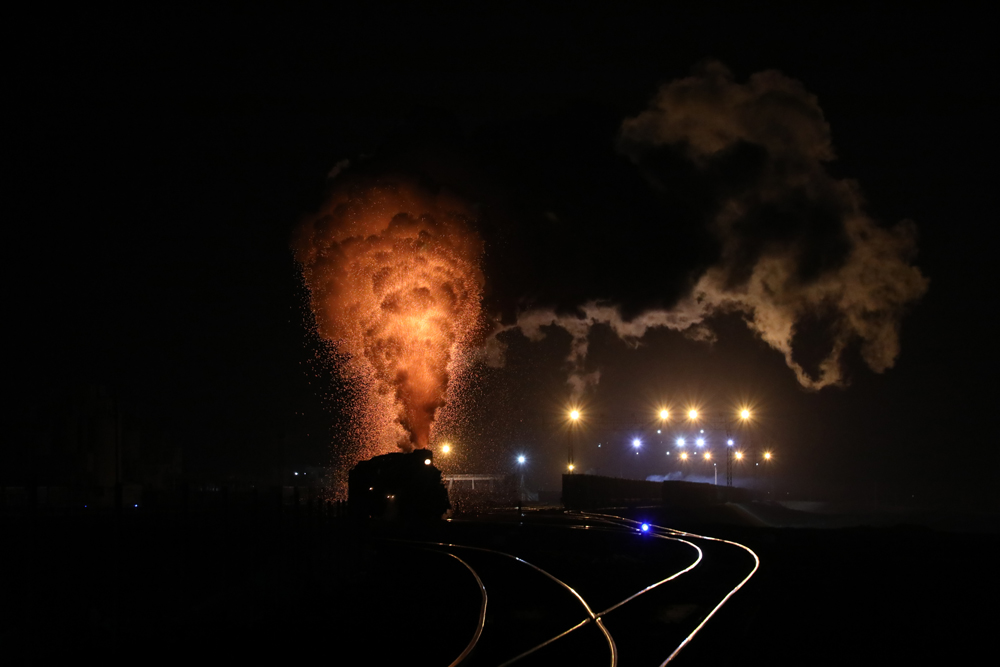
Steam locomotives dropped their fires for last time in everyday use in China in mid-January with the end of operations at a coal mine in Xinjiang Province, ending three decades during which the country became famous with railfans worldwide as the last refuge of steam operation. New steam locomotives were still being built in the […]
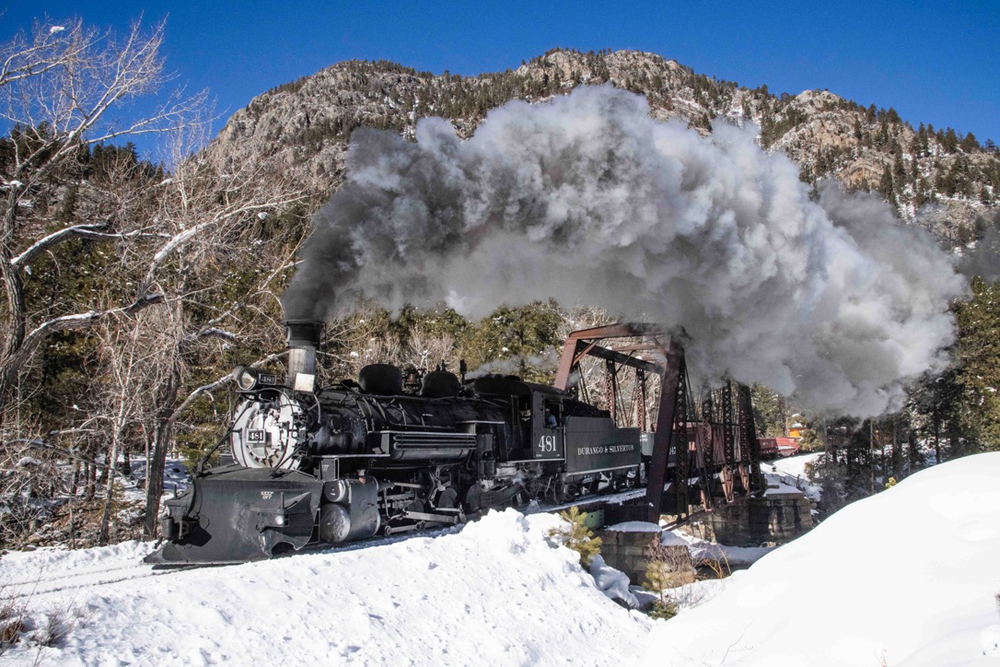
DURANGO, Colo. – Last weekend’s coal-fired photographer’s snow-train special marked the end of an era as the Durango & Silverton Narrow Gauge Railroad moves to complete its conversion to recycled motor oil as a fuel for its fleet of a half-dozen active steam locomotives. The all-day excursion was powered by 2-8-2 No. 481 (Baldwin Locomotive […]
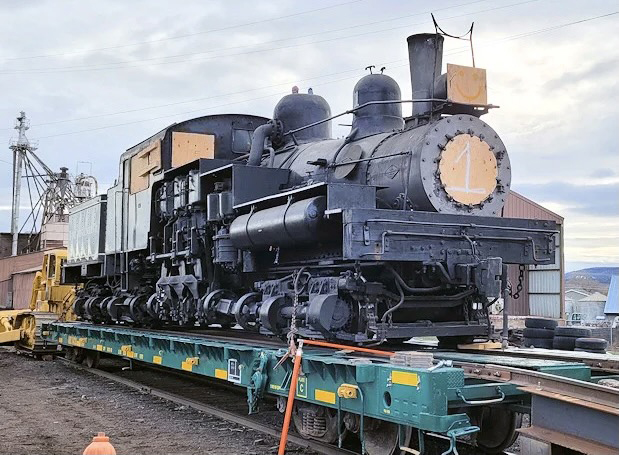
PORTLAND, Ore. — Mount Emily Lumber No. 1, a three-truck Shay locomotive, has arrived at the Oregon Rail Heritage Center in Portland, completing its move from its former home at the City of Prineville Railway. The locomotive, built by Lima in 1923, was donated by the lumber company to the Oregon Museum of Science and […]
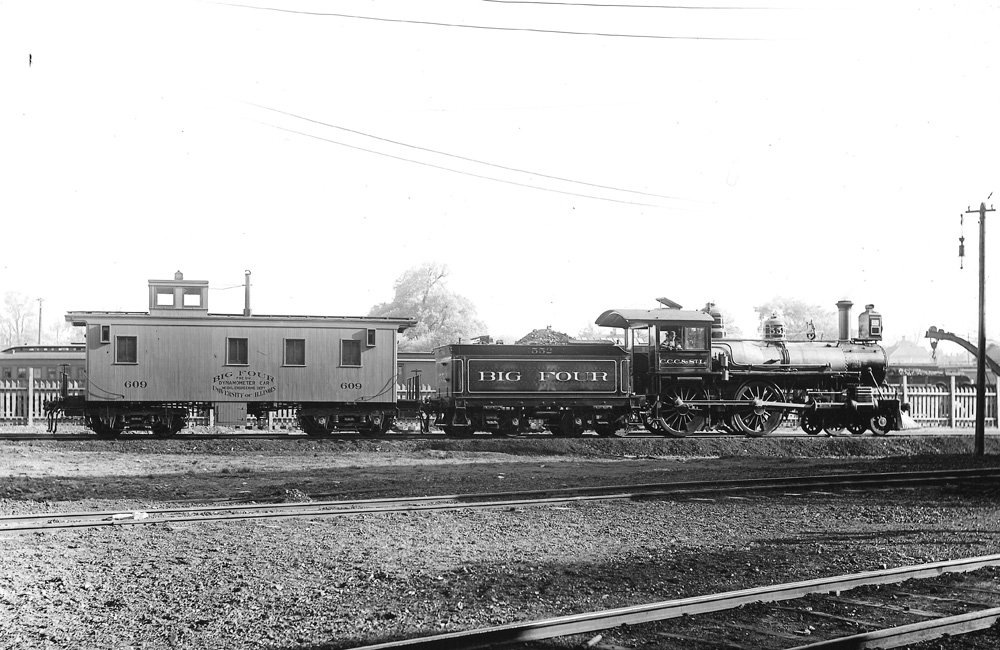
[…]
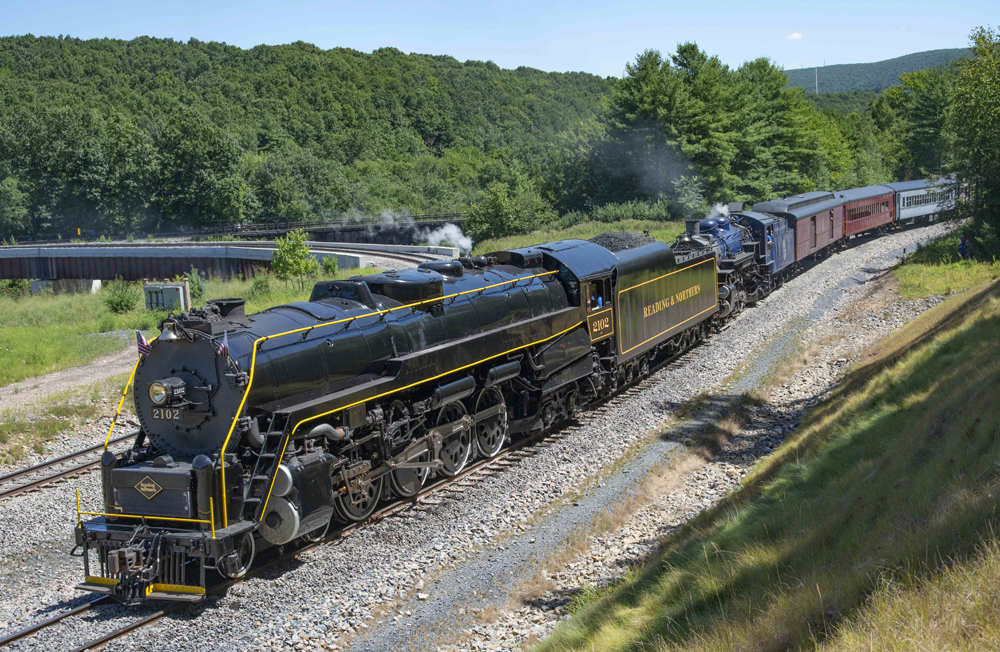
PORT CLINTON, Pa. — Tickets will go on sale today (Feb. 15) at 9 a.m. ET for Reading & Northern Railroad’s three summer 2024 Iron Horse Rambles excursions featuring T-1 class 4-8-4 No. 2102. Two of the excursions will feature new destinations for the former Reading Co. locomotive, while the other will once again see […]
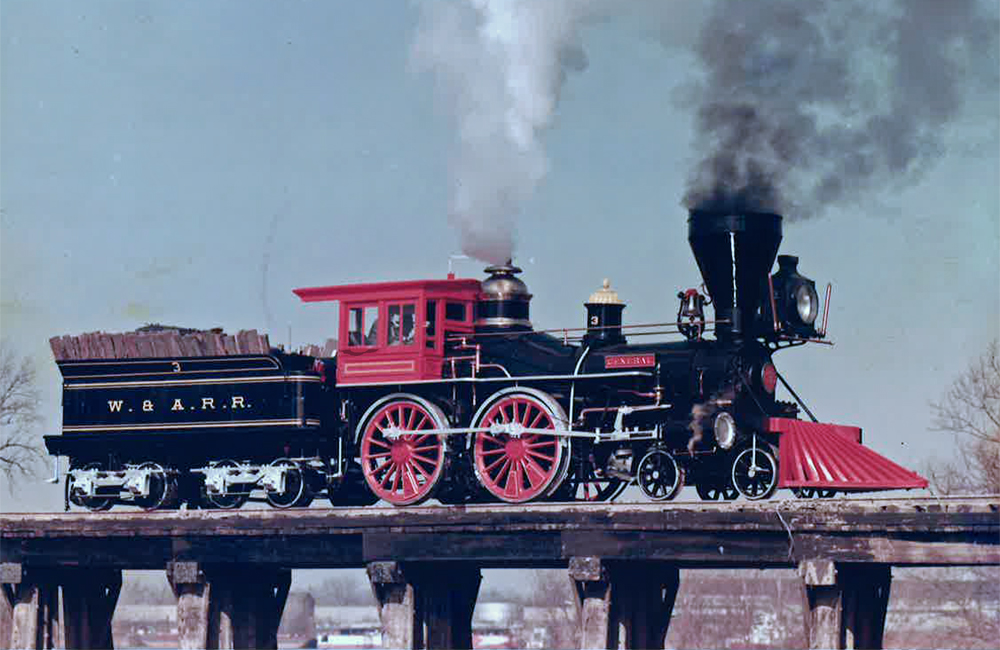
[…]
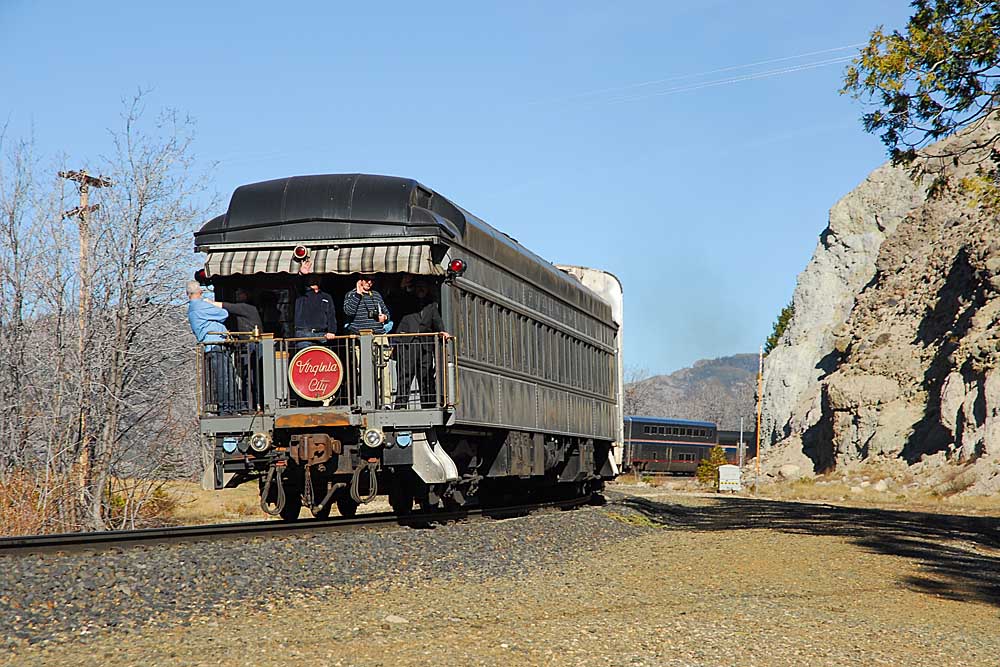
I’ve never been in the market for a private railroad car — editors and writers rarely ascend to that rarified air — but if I was, I’d compose an email this very moment and send it to the equipment broker Ozark Mountain Railcar, there to bid on what might be the ultimate PV: heavyweight sleeper-observation […]
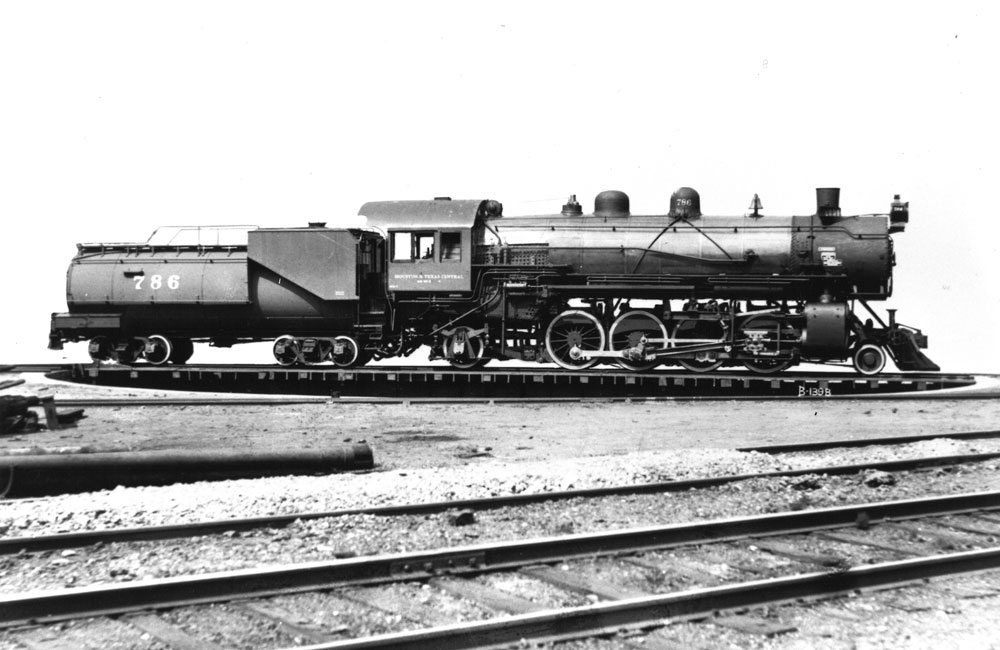
[…]
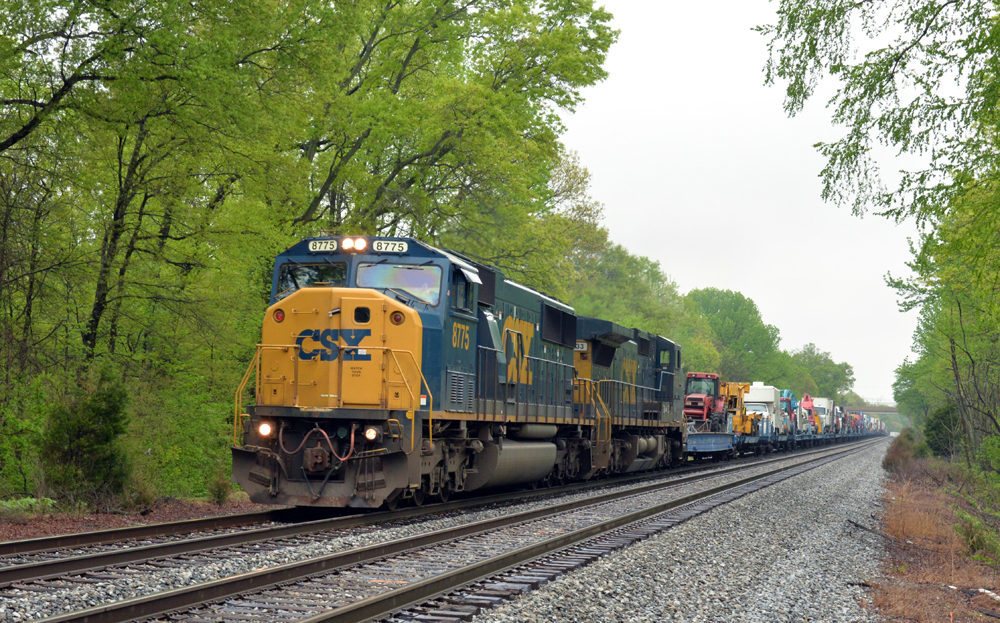
TAFT, Fla. – The James E. Strates Shows carnival train – which has hauled midway attractions to fairs up and down the East Coast since 1934 – may have unceremoniously made its last trip. When the 45-car train was spotted on the two spurs adjacent to the Strates headquarters outside of Orlando, Fla., on Nov. […]